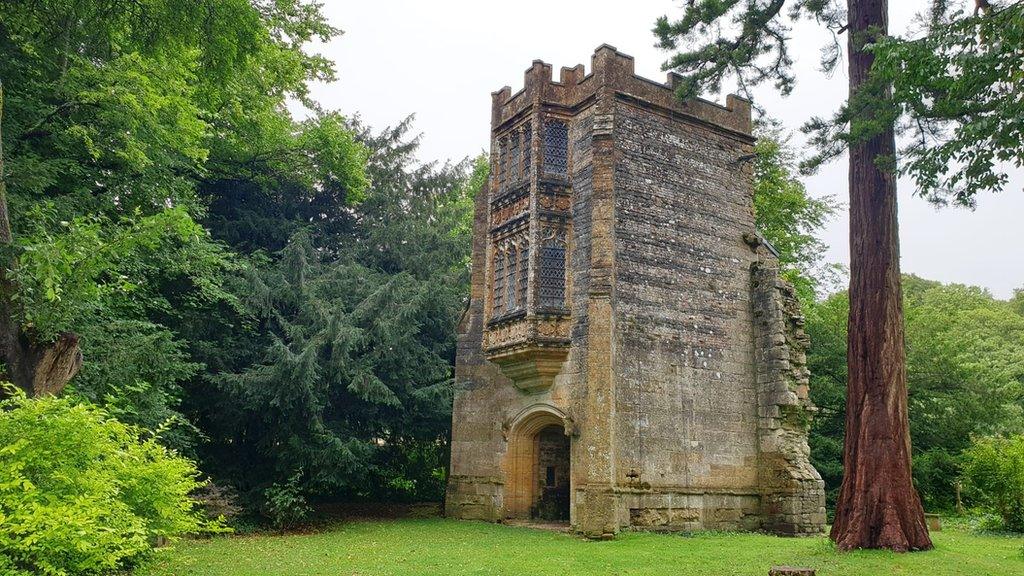Archaeologists unearth secrets of medieval abbey
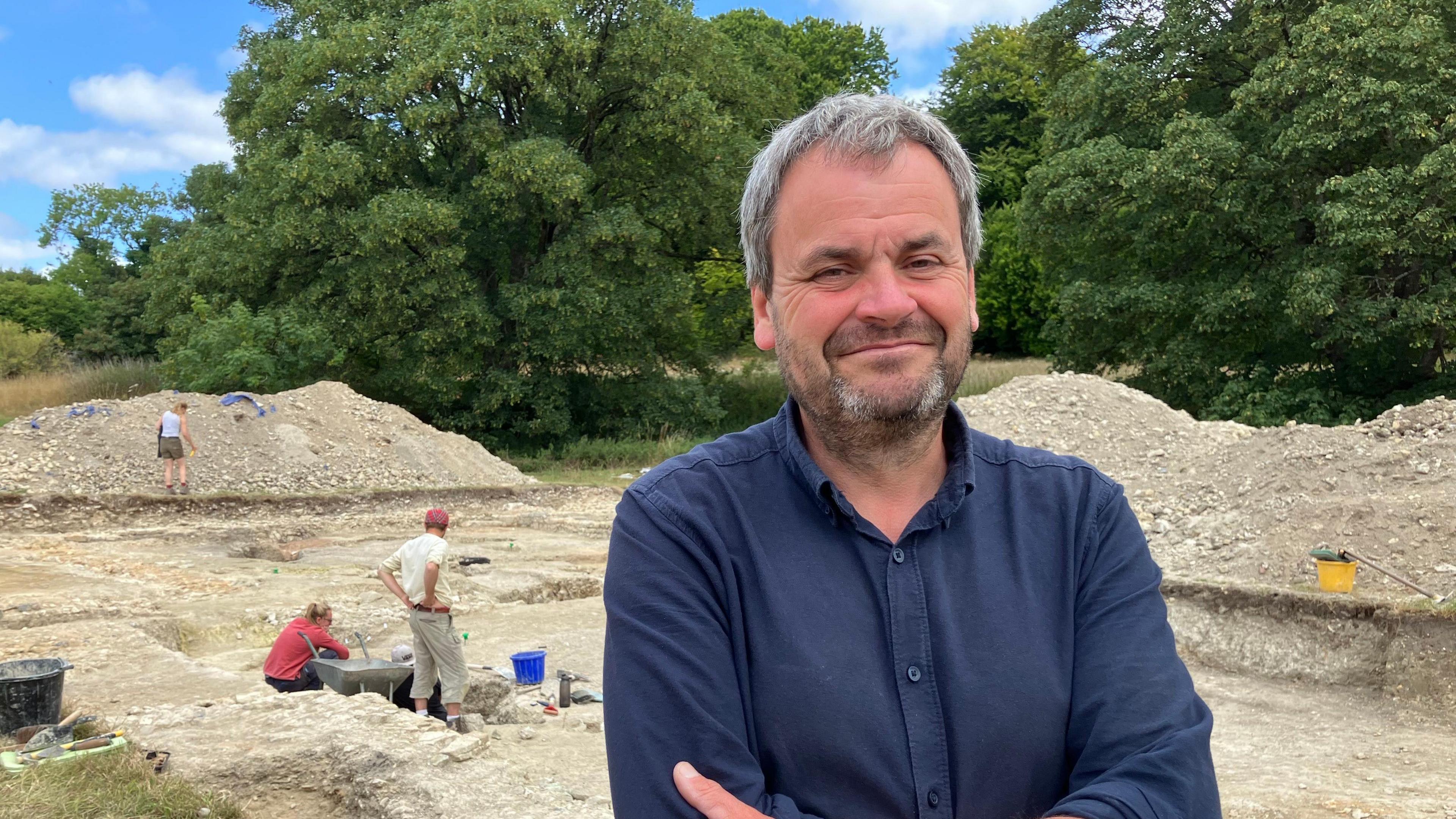
Dr Hugh Willmott has been leading research at the abbey since 2022
- Published
Archaeologists have returned to the site of a 1,000-year-old monastery where they are piecing together evidence of a forgotten medieval abbey.
Cerne Abbey in Cerne Abbas, Dorset, was demolished in 1539 during the Dissolution and, until investigations began in 2022, it had remained virtually untouched.
The first dig in 2023, led by Dr Hugh Willmott of Sheffield University, unearthed an intact burial and, in 2024, evidence of a medieval hall was discovered.
The most recent excavations revealed the hall - originally an abbot's lodging - was later repurposed as a glazing workshop, melting lead for lead came windows.
The dig also unearthed evidence of earlier construction that had been destroyed by remodelling in the 13th Century.
Dr Willmott said: "Everything we are doing here is brand new and telling us things we didn't already know.
"We've found another part of the late medieval abbey – the north end of the east range of the main cloister building.
"That's part of the monastery where the monks would have had their dormitory."
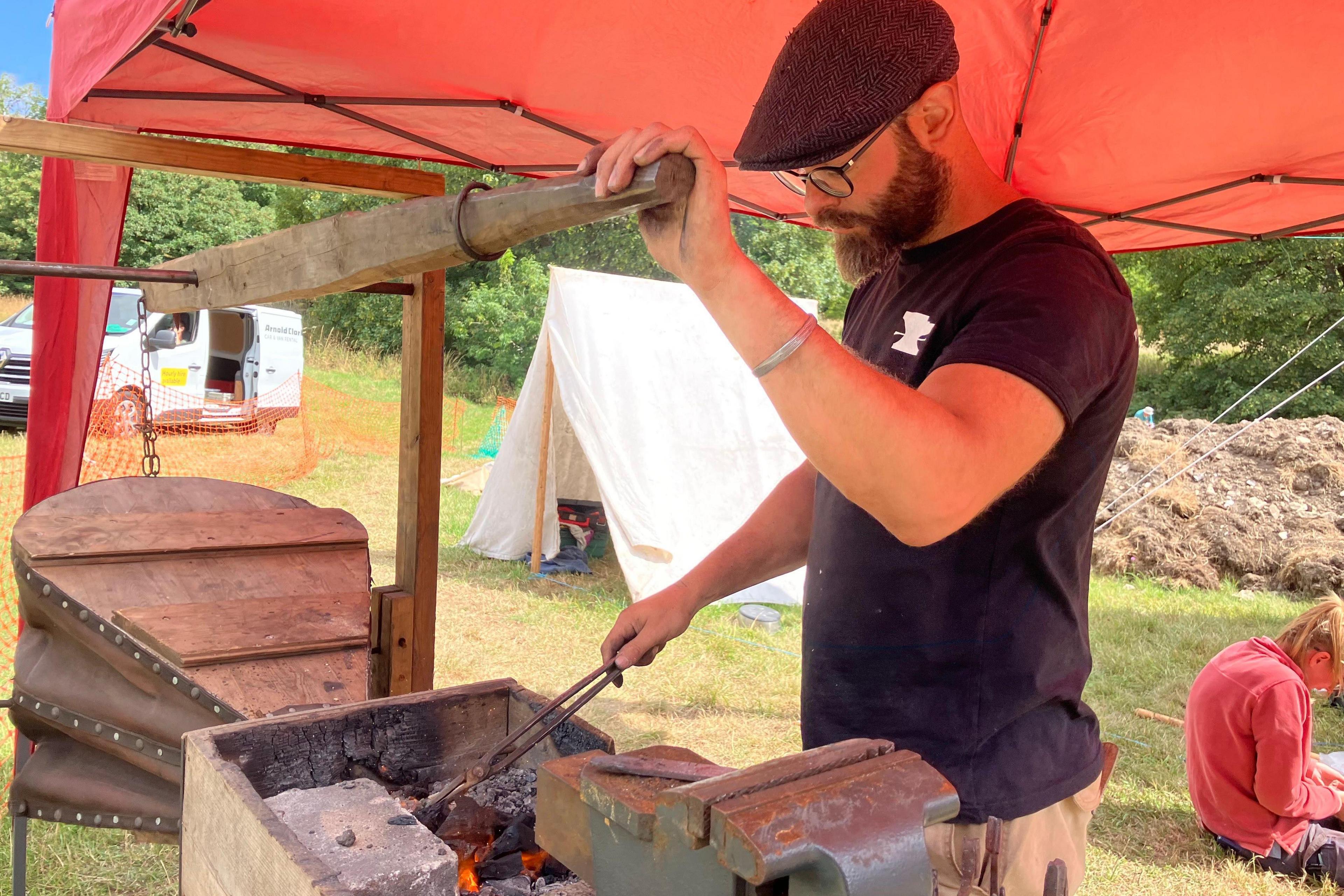
Will Sherman used medieval nails to make replicas of medieval knives
A series of large pits beneath the hall also revealed animal bone and pottery, some dating back to the Norman Conquest and earlier.
The three-week excavation involved university students from Sheffield, Cambridge and elsewhere, as well as people from the US and Canada, and Cerne Abbas village.
Blacksmith Will Sherman set up a field forge where he made replicas of knives found at the site from iron nails that had been found in the trenches.
The nails are common and not of any research value so are usually recorded before being disposed of but Mr Sherman, of Medieval Arrows in Christchurch, said the iron was so well refined, it worked "like butter".
He said: "The nails are not interesting archaeologically but I've been making them into copies of things, so it's medieval iron forged into a medieval shape.
"It's cool to show people here who dig these things up how they are actually made."
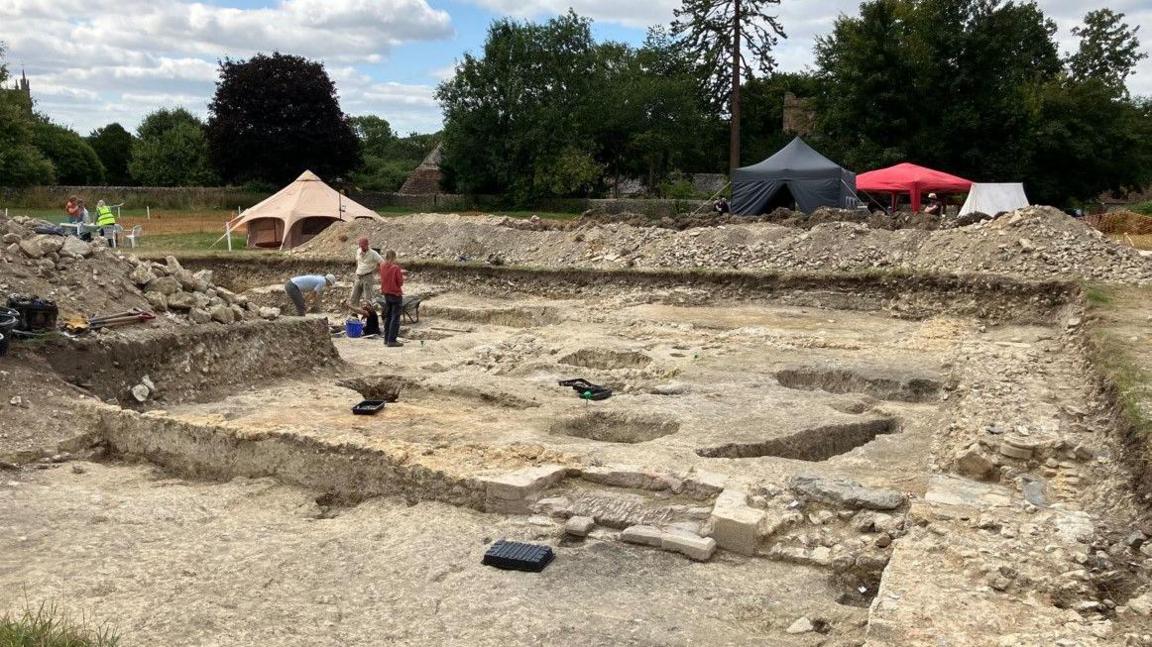
Researchers returned to the medieval hall that was unearthed in 2024
Cerne Abbey was founded in 987 AD at the foot of the hill that bears the Cerne Abbas Giant chalk hill figure.
In 2022, a ground-penetrating radar survey by the University of Sheffield found the first evidence of the medieval abbey and signs of its Anglo-Saxon predecessor beneath.
The dig is due to feature on the Time Team programme, which now broadcasts online.
Get in touch
Do you have a story BBC Dorset should cover?
You can follow BBC Dorset on Facebook, external, X (Twitter), external, or Instagram, external.
Related topics
- Published19 July 2024
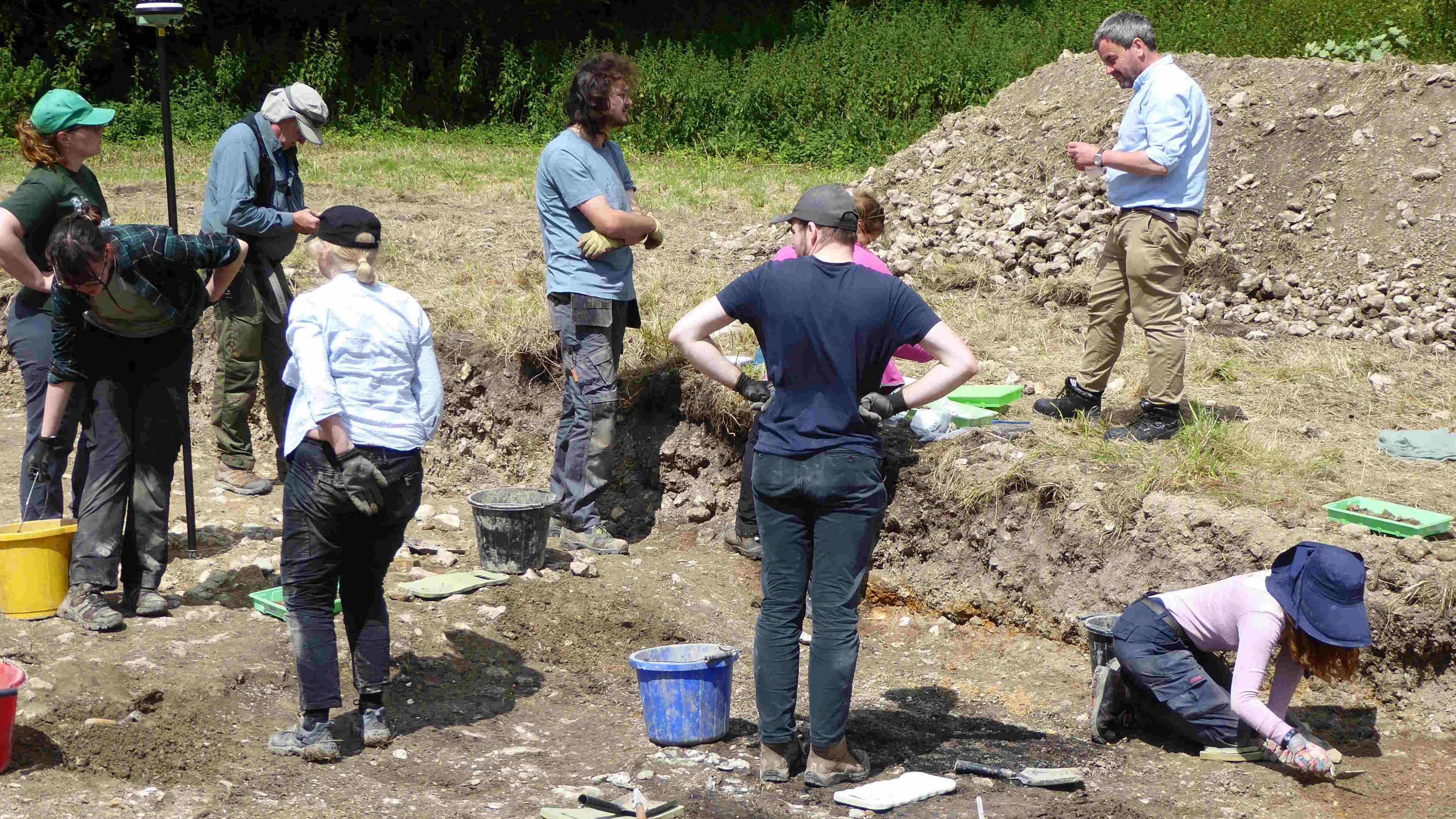
- Published30 July 2023
